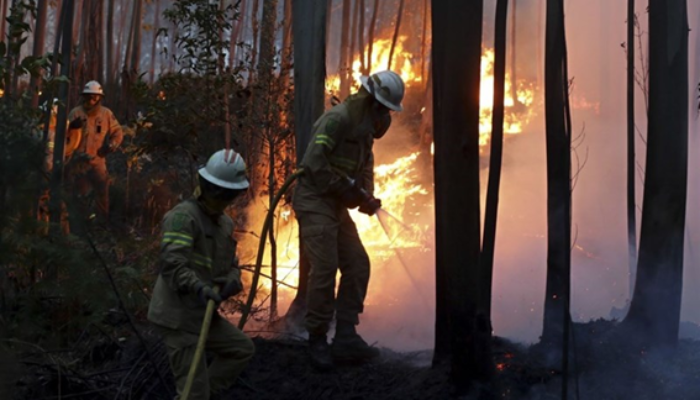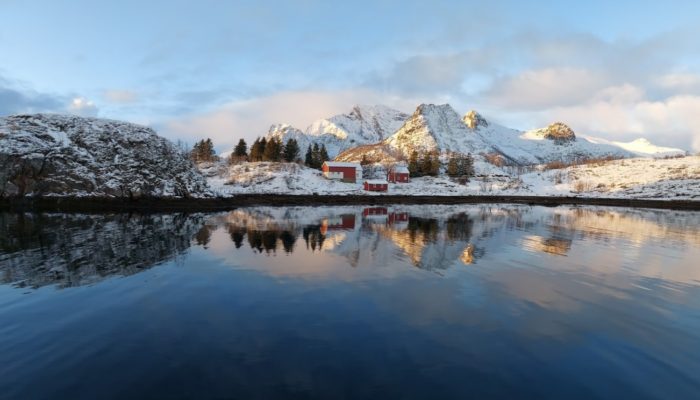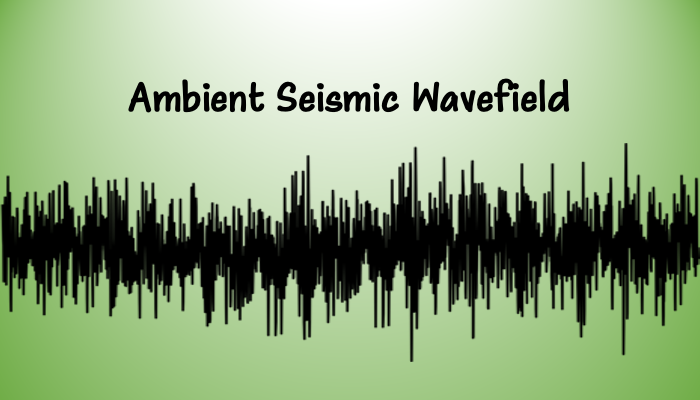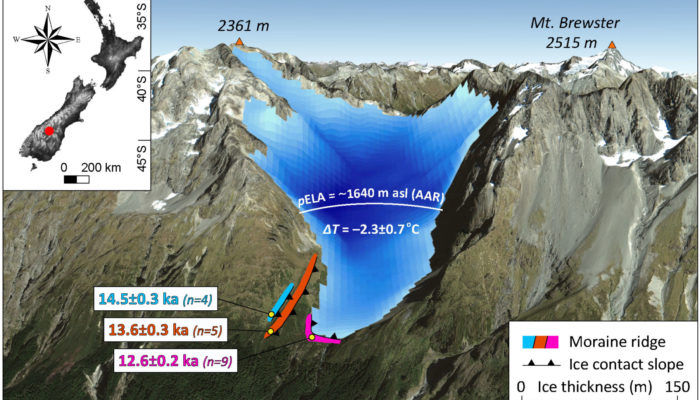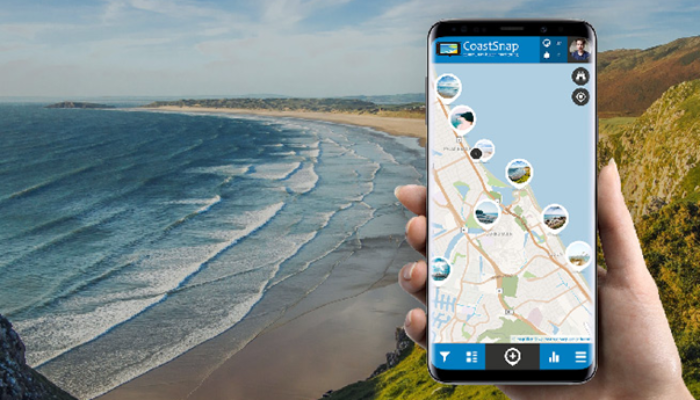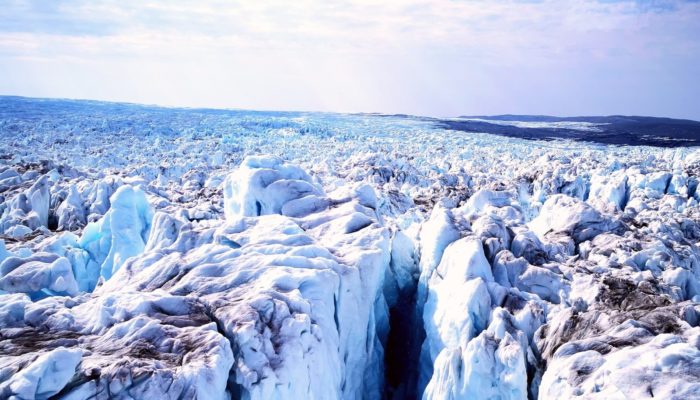In the last decades, the strength of climate change has been evident across the globe in many weather and climate extremes occurrences, including heatwaves and droughts. Those events are involved in all fire stages and influence all aspects of the fire regime [1]. Climate change is driving unprecedented wildfire in the Mediterranean region The Mediterranean region is a climate change hots ...[Read More]
Cryospheric Sciences
Arctic Frontiers Emerging Leaders
Here on the Cryoblog we often talk about the impacts of climate change in the Cryosphere. So now for something completely different: how does this fit into sustainable development in the Arctic? Here, I take you on a journey through the Arctic in a round-up of the recent Arctic Frontiers Emerging Leaders program, a unique early-career and mentoring program bringing together academic, industry, ind ...[Read More]
Geodynamics
Ambient seismic wavefield: how noise can be a signal
Every now and then, the surface of our planet shakes violently during earthquakes like the recent magnitudes 7.8 and 7.5 Kahramanmaraş Earthquake Sequence in Türkiye. These vibrations are recorded by instruments called seismometers and are then processed and analyzed by seismologists to study the earthquake processes themselves as well as other deep Earth structures. Interestingly, seismometers al ...[Read More]
Cryospheric Sciences
Enigmatic Climatic Event: Antarctic Cold Reversal
In this week’s blog, Levan Tielidze tells us about the insight into the response of mountain glaciers to the Antarctic Cold Reversal (ACR) event in New Zealand to better understand the climatic history of the Southern Hemisphere during the last deglaciation. The ACR was a cold period occurred in the Southern Hemisphere during the transition from the last glacial period to the current interglacial ...[Read More]
Nonlinear Processes in Geosciences
NPG Paper of the Month: “Brief communication: Climate science as a social process – history, climatic determinism, Mertonian norms and post-normality”
The NPG paper of the month for January 2023 was awarded to “Brief communication: Climate science as a social process – history, climatic determinism, Mertonian norms and post-normality” by Hans von Storch. One could argue that climate science is part of geophysics, or more precisely that part of climate science is part of geophysics. But when referring to ”processes” in ”Nonlinear Processes in Geo ...[Read More]
Hydrological Sciences
From Physics to Interdisciplinary Climate Science: Interview with Florentine Weber, Early Career Scientist Representative
Kirsten M Florentine Weber, is the Early Career Scientist (ECS) representative of the Hydrological Sciences division of the EGU. She just finished her PhD and is starting a post-doctoral fellowship in 2023. As ECS representative, it is her job to help young researchers to navigate the community – to inform them about their opportunities, to listen to them, and give them a voice within the E ...[Read More]
Hydrological Sciences
Call for Applications: Early Career Scientist Representative of the EGU’s Hydrological Sciences Division
Do you want to take on a leading role in the community of young hydrologists across the world? Then apply to become the Early Career Scientist Representative (ECS rep) of the Hydrological Sciences (HS) Division of the European Geosciences Union (EGU)! You’ll have the chance to shape the academic experience of other young hydrologists, interact regularly with EGU leaders, and impact the evolution ...[Read More]
Geodynamics
A voyage between different tectonic modelling worlds: from sandbox to supercomputer
A voyage between different tectonic modelling worlds: from sandbox to supercomputer
Natural Hazards
Discovering the CoastSnap project – Interview with Dr Mitchell Harley
CoastSnap is a global citizen science project aiming at monitoring the changes in our coastlines due to processes such as storms, rising sea levels, and human activities using smartphones. We will discover more about this promising project by chatting today with Dr Mitchell Harley, founder of the CoastSnap program. Mitchell is a Researcher and Senior Lecturer in the School of Civil and Environment ...[Read More]
Seismology
SENSOR: Fishing geophones from a helicopter in Greenland
“SENSOR” – stands for Seismological Experiments, Network Systems, Observations and Recovery In this blog series, we share news about recent or upcoming seismic experiments around the globe! And this time we’re checking in with Ana Nap, a PhD student from the University of Zurich, Switzerland, about her work on Greenland’s fastest glacier… Installing instruments on Greenland’s fas ...[Read More]

